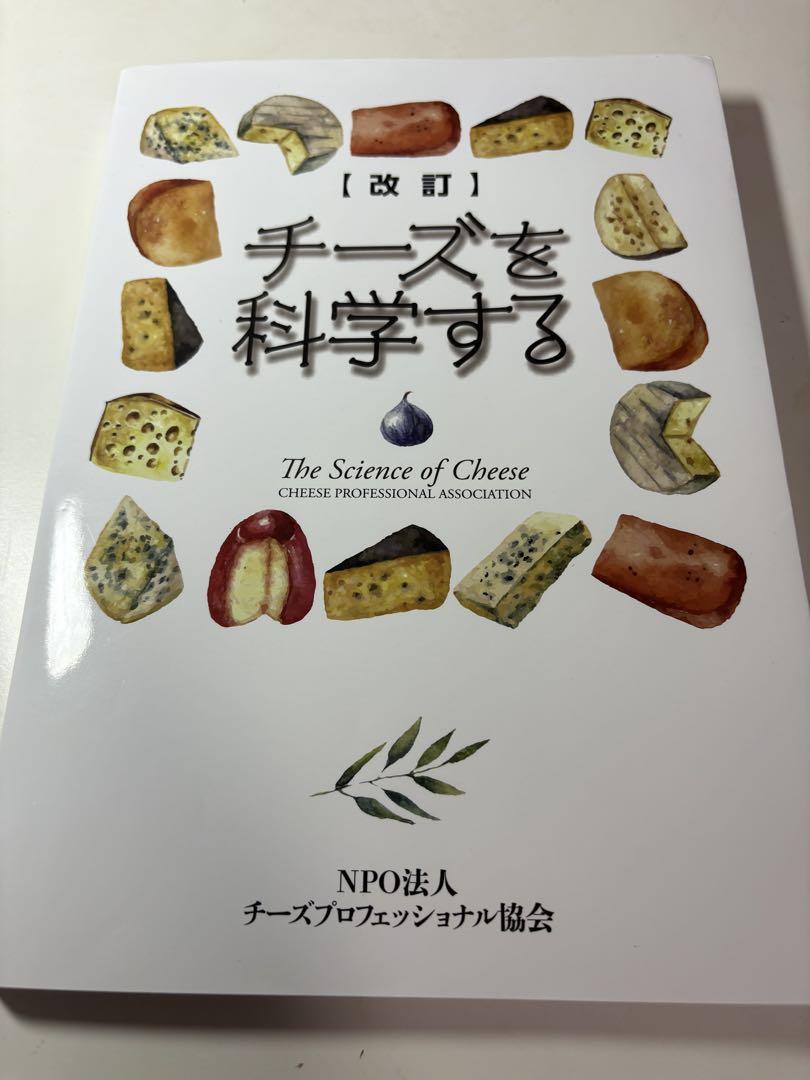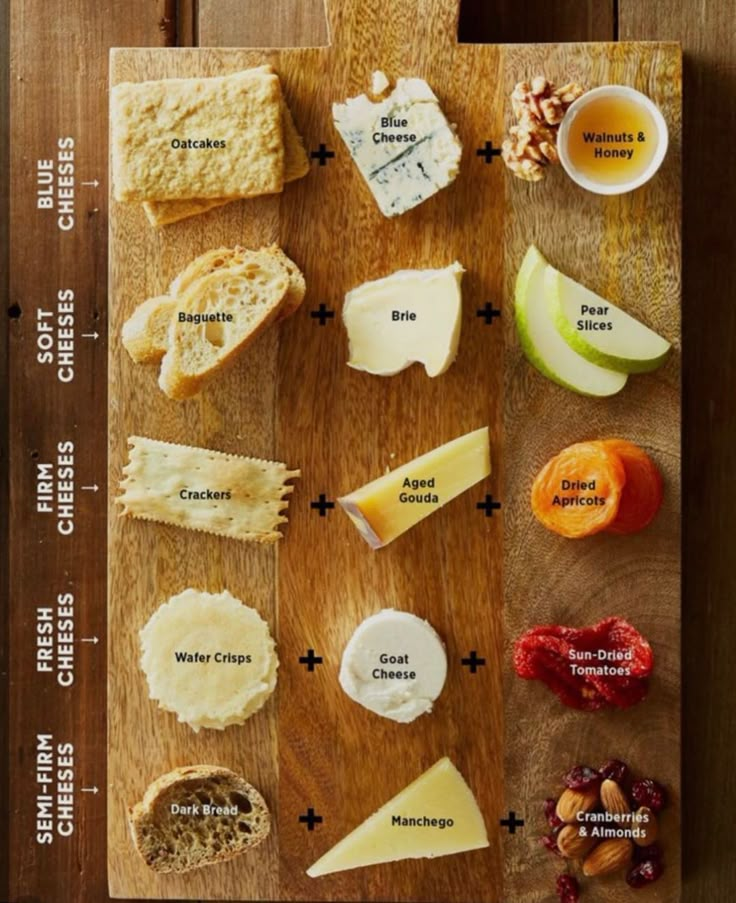The Ultimate Guide to Cheese37

The History of Cheese
Cheese has been a staple in diets around the world for thousands of years. Its origins can be traced back to ancient times, with evidence of cheese-making dating as far back as 6000 BC. The process of making cheese was likely discovered by accident when milk stored in animal stomachs or bladders curdled and separated into curds and whey. Over time, different cultures developed their own unique methods of cheese-making, resulting in the wide variety of cheeses we enjoy today.
The Science of Cheese

Cheese is made by coagulating milk proteins and separating the curds from the whey. The coagulation process is typically achieved by adding rennet, an enzyme that helps the proteins in the milk to form a solid mass. The curds are then drained, pressed, and aged to develop flavor and texture. The type of milk used, the method of coagulation, and the aging process all contribute to the final characteristics of the cheese.
Types of Cheese
There are thousands of varieties of cheese, each with its own unique flavor, texture, and aroma. Some popular types of cheese include cheddar, mozzarella, brie, and gouda. Cheeses can be classified based on their texture (soft, semi-soft, semi-hard, or hard), their flavor (mild, sharp, tangy, or pungent), or their aging process (fresh, aged, or blue-veined).
Cheese Pairings

Cheese can be enjoyed on its own or paired with a variety of foods and beverages to enhance its flavor. Some classic cheese pairings include wine, fruits, nuts, and charcuterie. The key to successful cheese pairing is to consider the flavor profile of the cheese and choose complementary flavors that will balance and enhance its taste. Experimenting with different pairings can lead to delightful combinations that will tantalize your taste buds.


